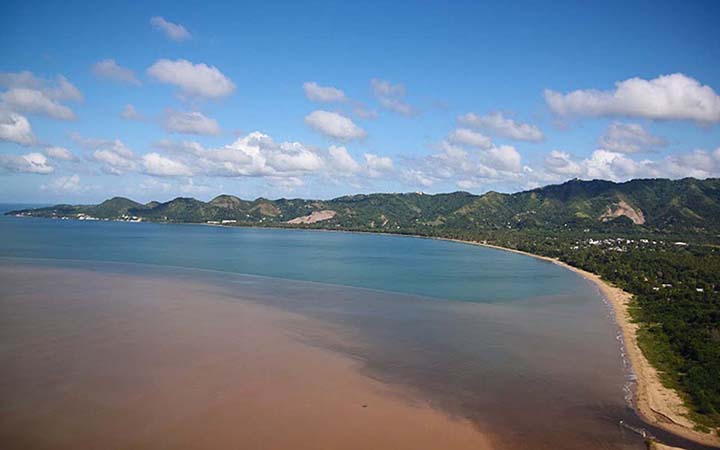Issue
Erosion of steep slopes within the coffee-growing region of Yauco, Puerto Rico, is a major source of land-based sediment within the Guánica Bay watershed. During heavy rain events, sediment washes downstream and into nearshore coral reef habitat, disrupting growth and causing damage and death. To help reduce these impacts, managers of the Guánica Bay–Rio Loco watershed prioritized the stabilization of highly erodible lands.
Process
Watershed managers implemented hydroseeding (a process that uses a slurry of seed and mulch) to replant several bare soil hillsides, stabilizing the soils and reducing the sediment runoff at those locations. Scientists then evaluated the effectiveness of these restoration efforts using OpenNSPECT, an open-source desktop tool that compares erosion and pollution runoff of various land use scenarios.
Impact
Using the OpenNSPECT tool, scientists were able to determine that hydroseeding reduced sediment runoff into the Guánica Bay–Rio Loco watershed by more than 80 percent, thus lessening the impacts to local coral reef communities. Since 2012, approximately 20 acres of base soils have been stabilized in this watershed.
For more information on this study, visit the full report. (2016)

